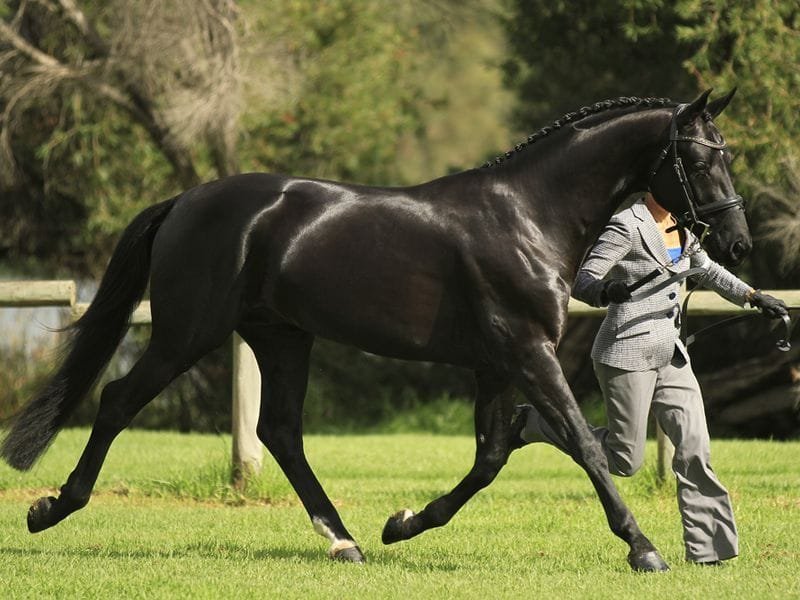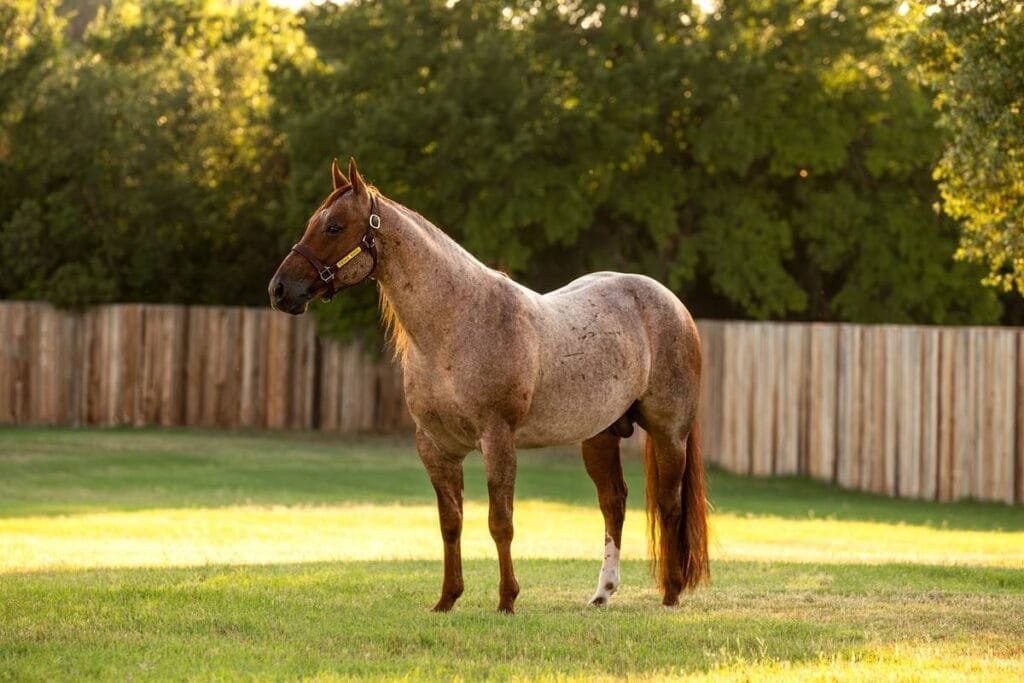Austrian Warmblood horse is a versatile and elegant breed that is known for its excellent performance in both dressage and show jumping.
With its graceful appearance, athleticism, and reliable temperament, the Austrian Warmblood has become a favorite among riders and trainers worldwide. This breed embodies the perfect balance of power and agility, making it suitable for a wide range of equestrian disciplines.
In this article, we will explore the history, physical characteristics, and uses of the Austrian Warmblood horse, providing a detailed overview of its key features in a table format.
History of the Austrian Warmblood Horse
The Austrian Warmblood has its roots in the early 20th century when the need for a versatile and athletic horse arose in Austria. The breed was developed by crossing native Austrian horses, such as the Noriker and the Tyrolean, with various European warmblood breeds like the Hanoverian and the Holsteiner. The goal was to create a horse with strength, stamina, and grace—qualities that would perform well in competitive disciplines such as dressage, show jumping, and eventing.
The Austrian Warmblood quickly became recognized for its ability to excel in the show ring, as well as for its calm and trainable nature. Over the years, selective breeding has helped to refine the breed, and today, it is considered one of the finest warmbloods in the world. Austrian Warmbloods are particularly appreciated for their combination of powerful movement and athletic ability, making them competitive in both national and international events.
Physical Features of the Austrian Warmblood Horse
The Austrian Warmblood horse is medium to large in size, with a well-proportioned and athletic build. Known for its elegant appearance, this breed has a long, muscular neck, a strong back, and smooth, powerful gaits. The breed’s physical characteristics make it ideal for both competitive sports and recreational riding.
Below is a table summarizing the key physical features of the Austrian Warmblood horse:
| Feature | Description |
|---|---|
| Height | Typically between 15.2 to 17 hands (1.57 to 1.73 meters). |
| Weight | Between 500 to 700 kg (1,100 to 1,540 lbs). |
| Coat Color | Common colors include bay, chestnut, black, and grey. |
| Build | Elegant, athletic, and well-proportioned with a strong, compact frame. |
| Head | Refined, with a straight profile, large eyes, and a kind expression. |
| Neck | Long and muscular with a slight arch, allowing for flexible movement. |
| Back | Strong and well-muscled, ideal for supporting a rider in various disciplines. |
| Legs | Long, strong, and well-angled with well-defined muscle structure. |
| Temperament | Intelligent, willing, and calm under pressure. Easy to train and handle. |
| Endurance | Excellent stamina, especially in long competitions or training sessions. |
| Speed | Agile and quick, with the ability to accelerate in disciplines like jumping. |
Temperament and Behavior
The Austrian Warmblood is known for its calm, cooperative, and willing temperament. These horses are highly intelligent, making them easy to train, and they are known for their good nature, especially under pressure. Whether they are competing in a dressage arena or navigating a show jumping course, Austrian Warmbloods tend to remain calm and focused, making them ideal partners for riders of all skill levels.
This breed’s trainability and work ethic are among its most sought-after traits. Austrian Warmbloods form strong bonds with their handlers and are quick to learn, making them excellent for competitive training. They are also known for their sensitivity to the rider’s cues, which makes them highly responsive in various disciplines.
Despite their competitive nature, Austrian Warmbloods are generally not high-strung or overly nervous, making them suitable for riders who seek a horse that is both reliable and agile in performance.
Uses of the Austrian Warmblood Horse
The Austrian Warmblood horse is most famous for its success in competitive equestrian disciplines, particularly in dressage, show jumping, and eventing. However, their versatility also makes them well-suited for other activities, both in and out of the competition ring.
Some of the main uses of the Austrian Warmblood horse include:
- Dressage: Known for their fluid movement, agility, and precision, Austrian Warmbloods excel in dressage. Their long, sweeping gaits and elegant posture make them highly competitive in this discipline.
- Show Jumping: The breed’s athleticism and natural jumping ability make it a top choice for show jumping. Their quick reflexes and ability to clear high obstacles with ease have earned them success in national and international competitions.
- Eventing: The Austrian Warmblood is also highly successful in eventing, a discipline that combines dressage, show jumping, and cross-country. Their stamina, agility, and intelligence make them strong contenders in this demanding sport.
- Leisure Riding: While they are highly competitive, Austrian Warmbloods also make excellent pleasure horses for riders who want a versatile partner for trail riding, hacking, and other recreational activities.
- Breeding: The Austrian Warmblood is highly sought after for breeding purposes due to its strength, movement, and trainability. Many top riders use this breed as a foundation for producing competitive horses.

The Austrian Warmblood horse is a breed that exemplifies grace, athleticism, and versatility. Its combination of power, stamina, and intelligence makes it a favorite in competitive equestrian disciplines, particularly in dressage, show jumping, and eventing. Known for its calm and cooperative temperament, the Austrian Warmblood is an excellent choice for riders seeking a dependable and agile partner.
Whether used for competitive sports, breeding, or leisure riding, the Austrian Warmblood continues to be a breed that delivers exceptional performance across various equestrian activities. With its refined appearance and exceptional athletic abilities, the Austrian Warmblood is one of the most sought-after warmblood breeds in the world.




